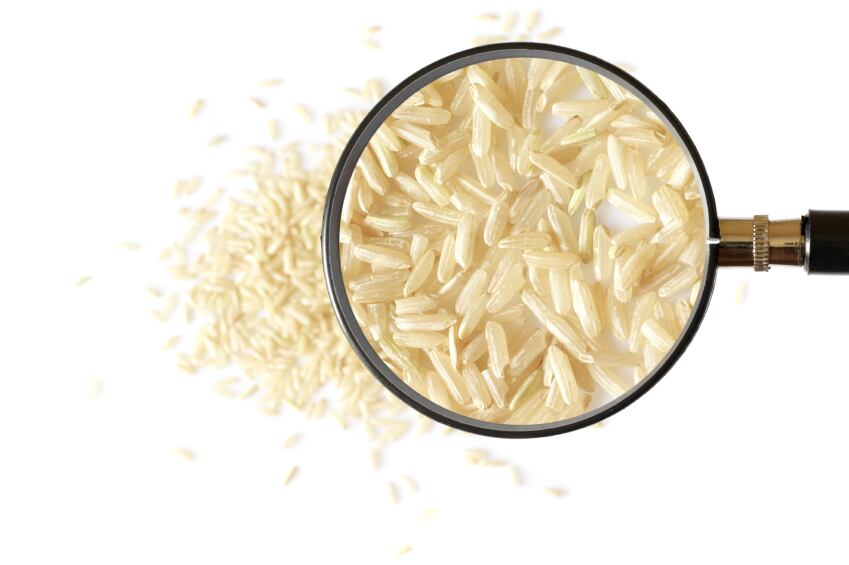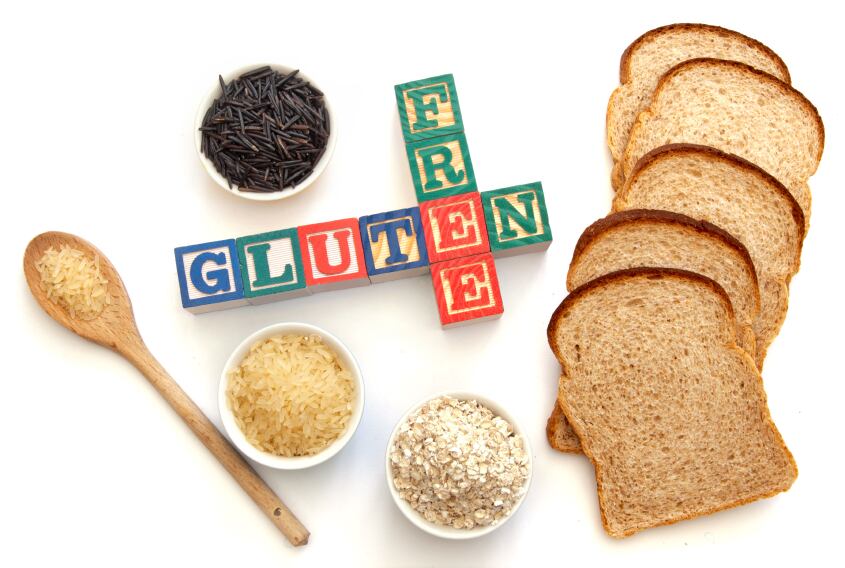Despite the success of gluten-free products the functional role of gluten is still a critical determinant of volume, texture and appearance of a baked product. Bakers and cereal technologists still regard this protein as the ‘cornerstone’ of baking.
A recent review published in Food Science, Technology and Nutrition has detailed challenges in formulating gluten out of products such as bread, pasta and cakes.
Without gluten, the main issues are the loss of structure and elasticity as well as gas-holding properties, and good crumb structure.
According to one study, many gluten-free products like bread and pasta exhibit low volume, poor colour and crumb quality.
Great variation was noted in the nutritional value, with low protein and high fat contents, particularly when compared to their wheat-based counterparts.
In almost every case a hydrocolloid is used as a substitute although additives might be needed to achieve the right balance (volume/height, texture/softness and springiness).
Hydrocolloids such as gums and thickeners were the preferred choice for gelling and thickening but also for water retention and texture improvement that resembles that of a wheat product.
Other hydrocolloids include hydroxypropylmethylcellulose (HPMC), methylcellulose (MC), carboxymethylcellulose (CMC), psyllium gum, locust bean gum, guar gum and xanthan gum.
Flours and starches

Flours and starches from different sources are by far the most popular ingredients used as gluten substitutes but must be combined with ingredients including hydrocolloids, dairy proteins, emulsifiers and enzymes in order to mimic the properties of gluten as well as the structure, mouthfeel and shelf life of these products.
“In pasta making, the role of gluten is usually played by starch,” explained the study’s author, Dr Anastasios Koidis, from the Institute for Global Food Security at Queen’s University in Belfast, Northern Ireland.
“Cakes, short crust pastries, and cookies are obtained from a dough when a gluten network is undesirable, so less additives and processing aids are required to create gluten-free alternatives.”
In recent years amaranth, quinoa, and buckwheat, have also been tested resulting in breads that have significantly softer crumb texture, which has been attributed to the presence of natural emulsifiers in these flours.
According to the meta-analysis of the literature review the most important ingredients were the hydrocolloids. However, the level of addition of each hydrocolloid depended on its source and type used in the gluten-free recipe.
Rising gluten remand

According to the review, total cost and production parameters such as equipment, ingredients and procedures are starting to be factored in the new propositions.
Meeting these costs go hand-in-hand with meeting the consumers’ demands. Gluten-free products not only need to score highly on taste, flavour and texture; they must also boast ‘clean label’ credentials along with comparable nutritional claims.
“The consumer is becoming more demanding and less willing to compromise,” he explained. “This is a shift from perceptions observed 3–5 years ago.”
Koidis pointed out that it was not only the gluten intolerant that consumed these products, but also the health-conscious food-buying public which has fuelled growth in the sector.
Mintel figures indicate 12% of new food products introduced in the UK in 2015 carried a gluten-free claim. This figure is an increase from the 7% recorded in 2011.
Additional figures from Mintel identified sales of ‘free-from’ foods to grow 13% reaching £531m (€589m) in 2016, up from an estimated £470m (€521m) in 2015.
Source: Food Science, Technology and Nutrition
Published online ahead of print, doi.org/10.1016/B978-0-08-100329-9.00010-4
“Developing food products for consumers on a gluten-free diet.”
Authors: Anastasios Koidis
